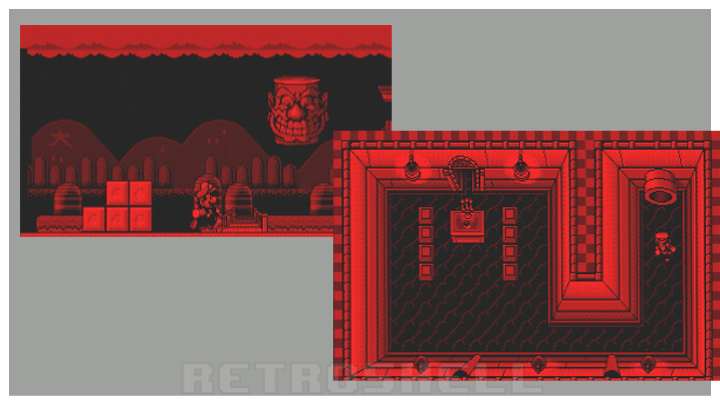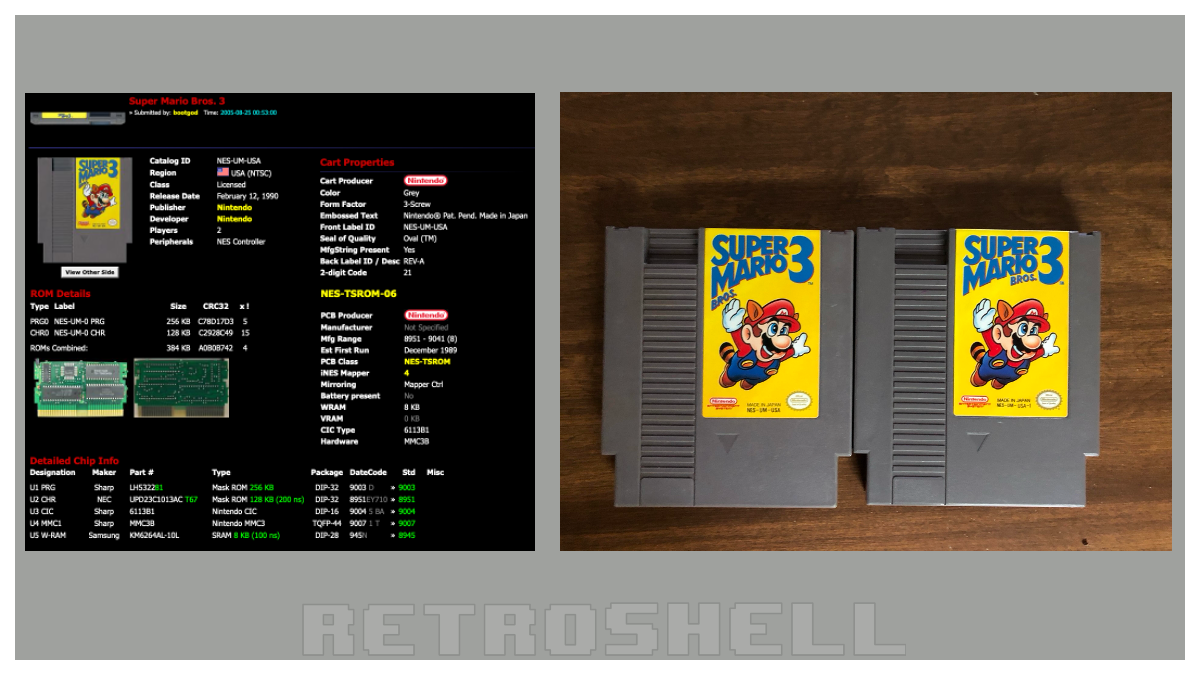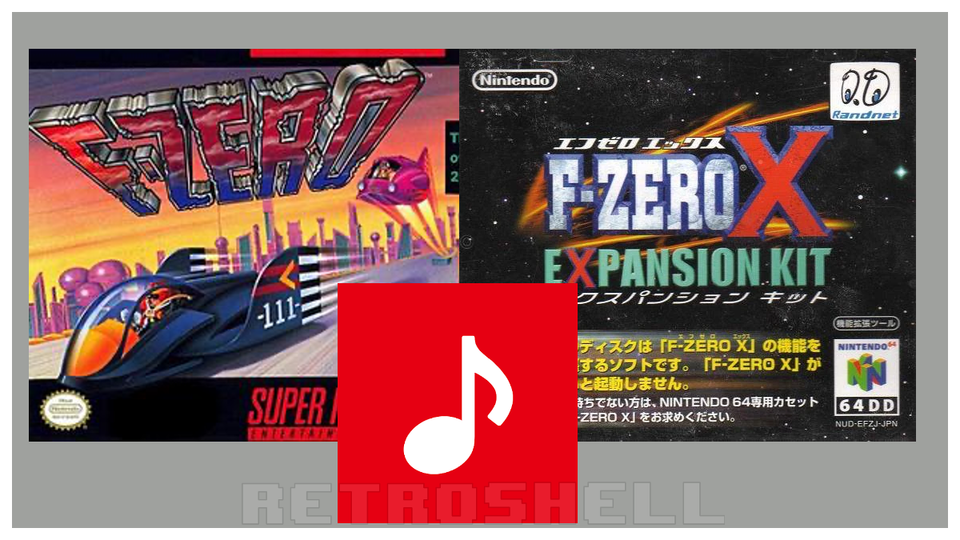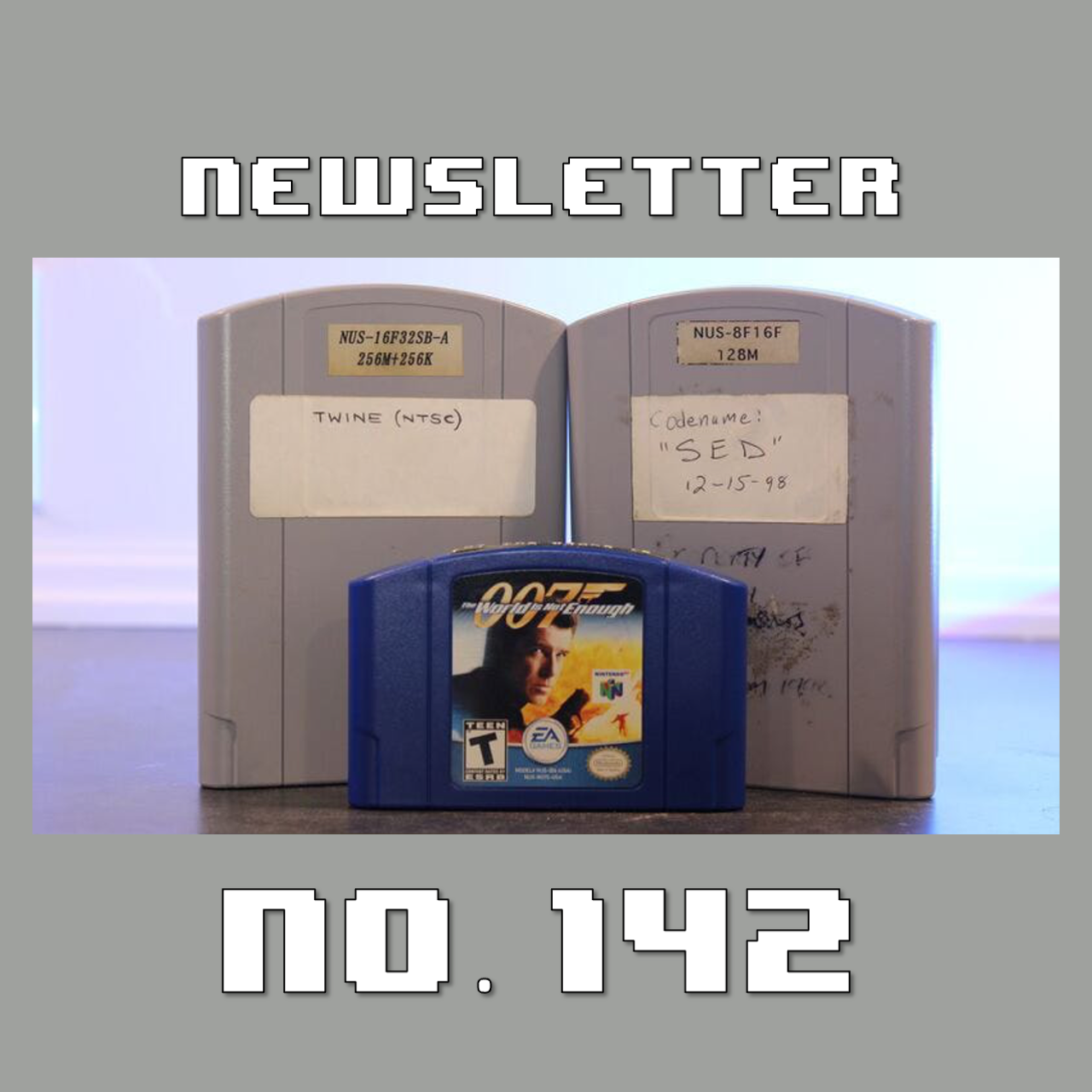The Untold Story of Online Gaming on the Super Nintendo and Sega Genesis: Pioneering Multiplayer Innovation
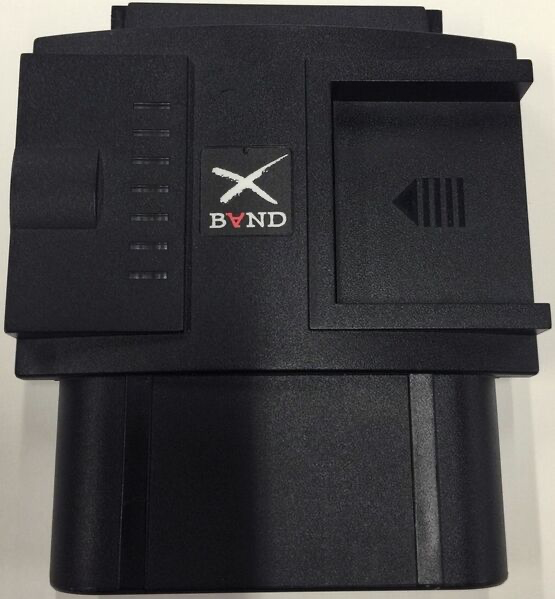
Online gaming on consoles may seem like a modern invention, but the seeds of multiplayer connectivity were sown during the 16-bit era. Long before the advent of Xbox Live and the PlayStation Network, an ingenious team of developers and engineers brought online competition to the Super Nintendo and Sega Genesis. This article delves into the fascinating history of the x‑band modem and the expand service, exploring how these early innovations laid the groundwork for today’s connected gaming world.
Origins of Online Console Gaming
In the early 1990s, gaming was predominantly an offline affair. Arcades and local multiplayer sessions defined the experience, and home consoles were designed for solitary or local co‑op play. However, visionaries at Catapult Entertainment challenged this status quo. Two pioneering developers, Steve Pearlman (who would later go on to launch the doomed On Live gaming system) and Steve Roscoe, began experimenting with the idea of connecting consoles over telephone lines, setting in motion a project that would eventually transform the landscape of multiplayer gaming.
The initial concept was as radical as it was daring. By retrofitting existing 16‑bit games with a custom “patch” system, the team sought to modify game code on the fly—much like an advanced game genie—to facilitate online play. Although console manufacturers had never envisaged network play for their systems, these early innovators recognised that the memory contents of a game could be harnessed to support simultaneous competition between players across the country.
Working around the clock in a makeshift office environment—often sleeping on couches amidst stacks of pizza boxes—the team pushed the limits of available technology. Despite a lack of an established Internet infrastructure, they engineered a solution using 2400‑baud modems, optimising data transmission by sending uncompressed controller inputs to ensure minimal delay. Their efforts laid the foundation for a reliable multiplayer service that was nothing short of revolutionary.
The Revolutionary X‑Band Modem and Expand Service
Launched in November 1994, the x‑band modem was not merely a peripheral; it was a gateway to a new dimension of gaming. Designed to work with both the Sega Genesis and Super Nintendo, the device featured an innovative pass‑through switch that allowed users to play traditional offline games, or to connect to the expansive online network known as expand. The service enabled gamers to create personal profiles, send emails, and even engage in skill‑based matchmaking—all concepts that prefigured the social features found in modern consoles.
The technical challenges were considerable. The team had to reverse‑engineer the games, adding patches to the cartridge’s code to simulate local multiplayer conditions over a telephone line. By utilising a custom ASIC chip and ingenious memory management techniques, the x‑band modem managed to synchronise gameplay despite inherent latency issues. The result was a system that, despite being constrained by a 2400‑baud connection, delivered a near‑instantaneous response time—an impressive feat given the limitations of the era.
Even as scepticism surrounded the project—critics doubted that a cartridge repurposed for network play could work reliably—the system won over both users and the press. Early demonstrations featured competitive matches in titles like Mortal Kombat and Killer Instinct, showcasing the smooth, if slightly delayed, action that the service could offer. This technology, which allowed for a seamless exchange of controller inputs between distant players, was a clear harbinger of the future of online gaming.
Inside the X‑Band Experience
For many gamers, the first encounter with x‑band was nothing short of magical. Imagine logging into a network from your living room via a modem that cost just $19.99, with a monthly subscription starting at a mere $4.95. Once connected, players could browse through an online newspaper, check their game statistics, and challenge opponents from across the country. The system even supported up to four players per household, paving the way for a social network of gamers who could communicate via email and real‑time chat.

The x‑band network wasn’t merely a technical novelty; it was a community builder. Gamers formed clubs and clans, often customising their handles and avatars to reflect their in‑game persona. Despite the occasional hiccup—such as dropped frames or minor latency issues—the overall experience was robust enough to earn glowing reviews from both magazines and users alike. Early adopters recount tales of receiving their first email on the network, a moment that symbolised the convergence of gaming, communication, and emerging digital culture.
Yet, alongside these technical marvels, there were practical challenges. The system’s reliance on telephone lines meant that long‑distance calls could rack up unexpected phone bills—a minor inconvenience compared to the sheer novelty of playing against opponents from far‑flung regions. Nonetheless, for those who experienced x‑band, it was a glimpse into a future where online connectivity would redefine the very nature of multiplayer gaming.
Overcoming Technical and Market Challenges
While the technical ingenuity behind x‑band was indisputable, the service faced numerous hurdles on its journey to commercial success. One significant challenge was the general public’s unfamiliarity with the concept of online gaming. The idea of connecting a home console to a remote server using a telephone line was alien to many, and marketing efforts initially struggled to convey the benefits of such a service. The need for clear, accessible messaging was paramount, yet the innovative nature of x‑band made it difficult to encapsulate in simple terms.
The development team was forced to work under extremely tight deadlines. With just a few months to create a seamless online experience in time for the 1994 holiday season, every day was a battle against time and technical limitations. The innovative use of battery‑backed RAM to quickly update game code, instead of having to reburn ROM chips, is one example of the creative problem‑solving that characterised this period.
Despite these challenges, partnerships with major industry players such as Blockbuster and Viacom eventually helped broaden the reach of x‑band. In test markets like San Francisco, Los Angeles, Dallas, Atlanta, and New York, promotional events and high‑profile competitions—featuring figures like Dean Cain—helped generate buzz. Yet, even with these efforts, the service never reached the widespread adoption that its creators had envisioned. Limited sales volumes and a lack of consumer understanding ultimately led to financial difficulties for Catapult Entertainment, forcing the company to merge with other entities and refocus its efforts on PC multiplayer services.
A Legacy That Outlived Its Time
Though the x‑band service for the Genesis and Super Nintendo operated for less than three years—from November 1994 to April 1997—it left an indelible mark on the gaming industry. The concepts it pioneered, from skill‑based matchmaking and personalised gamer profiles to real‑time chat and integrated email, are now standard features on platforms like Xbox Live and the PlayStation Network. Many of today’s retro gaming enthusiasts can trace the evolution of multiplayer connectivity directly back to the early experiments of Catapult Entertainment.
The story of x‑band is a poignant reminder that innovation often comes at a cost. Despite the technical achievements and creative marketing campaigns, the service struggled to find a broad consumer base. Factors such as high long‑distance charges, the inherent limitations of 2400‑baud modems, and a public that was not yet ready to embrace online gaming all contributed to its commercial demise. Yet, in retrospect, the early adopters and developers of x‑band were true pioneers—they took risks and redefined what was possible in an era when the internet was still a distant dream.
As the gaming landscape evolved into the 32‑bit era and beyond, many of the technological hurdles that once seemed insurmountable were overcome. The visionaries behind x‑band had set a precedent, demonstrating that even with rudimentary technology, it was possible to create a robust, engaging multiplayer experience. Their work not only influenced the development of subsequent online gaming networks but also inspired a new generation of developers keen to revive and build upon these pioneering ideas.
Technical Insights and Comparisons with Modern Gaming Networks
Modern online gaming services owe much to the foundational work of the x‑band team. Today’s multiplayer networks boast lightning‑fast connectivity, sophisticated matchmaking algorithms, and expansive social features that would have seemed like science fiction in the mid‑90s. The x‑band modem’s use of uncompressed controller inputs to mitigate latency, for instance, prefigured modern techniques for real‑time data transmission. While current networks operate on fibre‑optic cables and high‑speed broadband, the principles of reducing lag and ensuring synchronised gameplay remain as relevant today as they were back then.
The technical innovation behind x‑band also extended to its hardware design. The inclusion of a pass‑through switch allowed gamers to easily switch between offline and online modes, a convenience that modern consoles have since replicated with integrated online service toggles. Moreover, the system’s use of battery‑backed RAM for rapid code updates was a clever workaround for the time’s technological limitations—a practice that foreshadowed the rapid patch deployment common in today’s digital distribution models.
Comparisons between x‑band and contemporary services such as Xbox Live or the PlayStation Network highlight the rapid evolution of online gaming. Whereas modern networks support high‑definition graphics, voice chat, and expansive digital ecosystems, x‑band was focused on delivering a basic yet functional online multiplayer experience. Its ability to transform classic titles like Mortal Kombat and Super Street Fighter II into competitive online experiences was revolutionary. It was a bold experiment that proved that even older hardware could be given new life through network connectivity.
The legacy of x‑band can also be seen in the resurgence of retro gaming. As enthusiasts seek to preserve and relive the experiences of their youth, projects aimed at reviving classic online services are gaining traction. Developers at RetroDotLive, for instance, are now working to recreate the x‑band experience using modern internet connections, allowing a new generation to experience the magic of online play on vintage consoles.
The Impact on the Gaming Community and Cultural Significance
Beyond its technical achievements, x‑band played a vital role in shaping the culture of online gaming. In an era when multiplayer gaming was typically confined to local areas, the service opened up new social opportunities. Gamers were no longer limited by geography; they could challenge opponents from distant cities and form online communities that transcended traditional boundaries.
This sense of community was reinforced by the array of social features offered by x‑band. Gamers could send messages, check their rankings, and even form clubs or clans. For many, the experience of logging in for the first time and receiving an email from a stranger—often a future friend or rival—was a transformative moment. Such experiences laid the emotional groundwork for the kind of global connectivity that is taken for granted in today’s gaming culture.
Despite its eventual commercial challenges, x‑band remains a beloved chapter in gaming history. Its influence is evident not only in the design of modern multiplayer networks but also in the passionate nostalgia of retro gamers. The fact that dedicated communities still discuss and celebrate the innovations of the x‑band era speaks volumes about its cultural significance. It was more than a product; it was a glimpse into the future of gaming—a future that would eventually become a reality.
Challenges, Commercial Realities, and the End of an Era
While the technical brilliance of x‑band is celebrated by many, the commercial realities of the 16‑bit market ultimately proved too harsh. The service was ahead of its time in terms of both technology and consumer readiness. Many gamers found the concept intriguing, yet the high costs associated with long‑distance calls and the relatively limited number of compatible titles hampered widespread adoption.
The commercial struggles were compounded by the rapid evolution of gaming technology. As the industry shifted its focus to 32‑bit systems and beyond, the window of opportunity for 16‑bit online connectivity began to close. Despite receiving rave reviews and generating considerable media attention, x‑band’s limited user base meant that it could not sustain the financial model required for long‑term success. By April 1997, the service was quietly shut down—a somber end to a pioneering venture that had promised so much.
In hindsight, the rise and fall of x‑band is instructive. It serves as a reminder that innovation often comes with risks and that even the most forward‑thinking ideas may struggle to find their market. Nonetheless, the story of x‑band is one of passion, creativity, and resilience—a story that continues to inspire modern developers and retro gaming enthusiasts alike.
Revival Efforts and the Future of Retro Online Gaming
Even though the original x‑band service was discontinued over two decades ago, its legacy lives on. Enthusiasts and developers are now revisiting the pioneering ideas behind x‑band to bring the experience into the modern era. Projects like those undertaken by RetroDotLive aim to bridge the gap between vintage hardware and contemporary internet protocols, allowing classic consoles to reconnect with a new generation of gamers.
These revival efforts are driven by a desire to preserve gaming history. In many ways, the story of x‑band is a microcosm of the broader retro gaming movement, which champions the preservation of classic games and hardware in an age of rapid technological change. By reverse‑engineering the original system and adapting it for modern networks, developers are not only paying homage to the past—they are also ensuring that the pioneering spirit of online multiplayer gaming endures.
For many gamers, these projects rekindle fond memories of a time when gaming was a communal, boundary‑breaking experience. They also offer practical lessons in innovation, demonstrating that even the most outdated technology can be revitalised through ingenuity and collaboration. As the retro gaming community continues to grow, efforts to revive and document services like x‑band are likely to become an increasingly important part of preserving our digital heritage.
Conclusion: A Pioneering Legacy That Continues to Inspire
The story of x‑band and the expand service is one of bold experimentation and relentless innovation. From its humble beginnings in cramped offices to its high‑profile launch events and enduring cultural impact, x‑band was a trailblazer in the realm of online multiplayer gaming. Its influence can be seen in every modern gaming network that supports competitive play, social interaction, and digital communication.
Even though the service was ultimately unsustainable in its original form, its pioneering spirit continues to inspire retro enthusiasts and forward‑thinking developers alike. Today, as efforts are made to revive the x‑band experience on modern networks, we are reminded that the quest for connectivity and community in gaming is as relevant now as it was in the mid‑90s.
Keep your classic games safe with RetroShell, designed to protect your retro collection. For the latest updates on retro gaming, subscribe to our free retro gaming Substack newsletter, delivered to your inbox every Monday!

